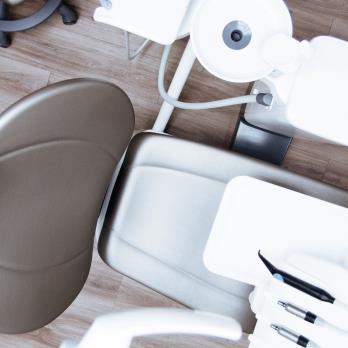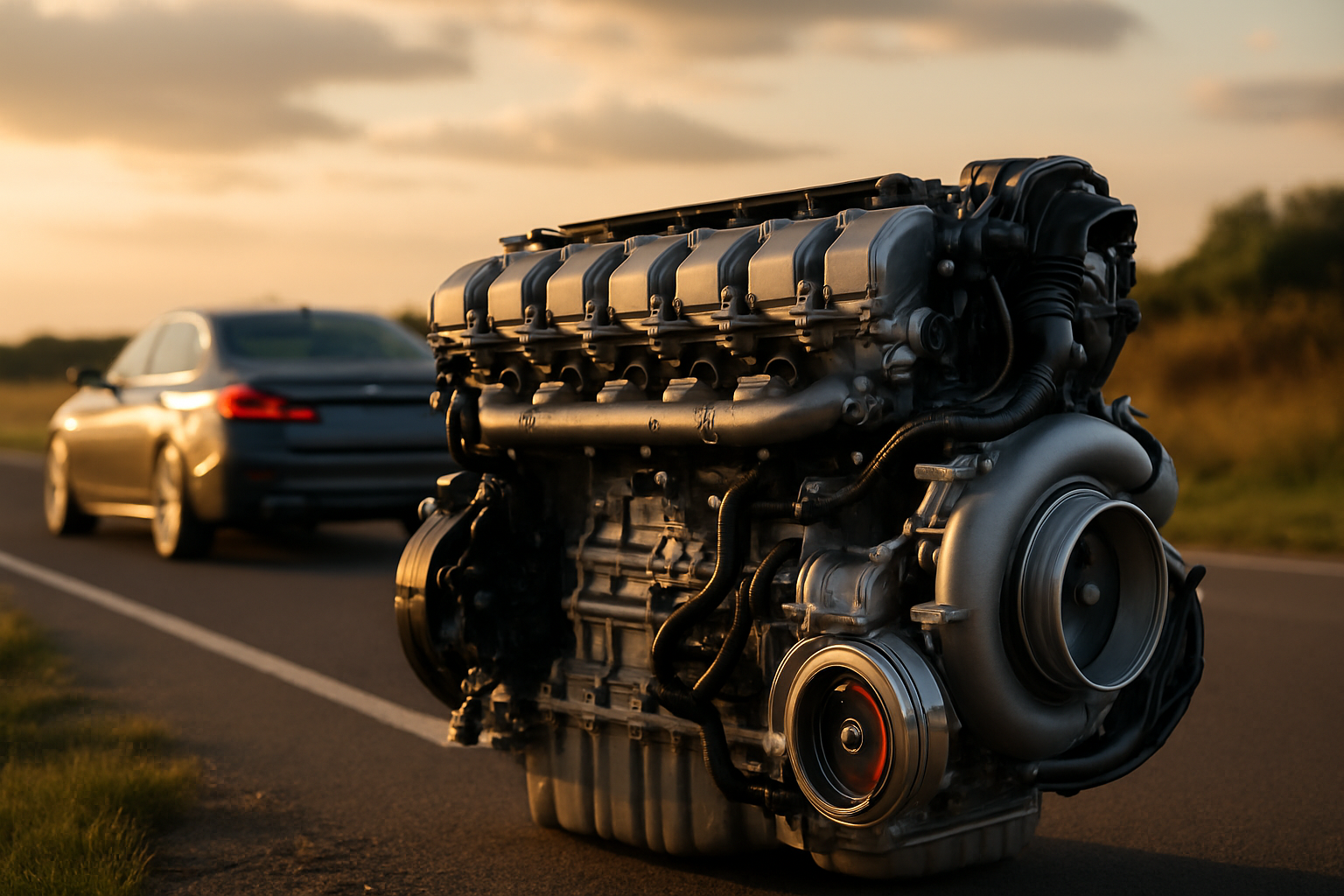Discover the Future of Dental Implants: Screwless Solutions in Australia
The dental implant industry in Australia is undergoing a revolutionary transformation with the introduction of screwless dental implants. These advanced systems offer patients a more comfortable and efficient alternative to traditional screw-retained implants. By eliminating many complications associated with conventional designs, screwless implants provide the same long-lasting, functional, and aesthetic results while simplifying the treatment process.

What Are Screwless Dental Implants?
Screwless dental implants represent an evolution in implant dentistry that moves away from the conventional screw-retained approach. Traditional dental implants typically consist of three components: the implant fixture (inserted into the jawbone), an abutment (connects the implant to the crown), and the crown itself, which is often secured with a small screw. Screwless systems, however, utilize alternative connection methods such as friction-fit designs, locking tapers, or magnetic attachments to secure the prosthetic tooth.
The key innovation lies in how the prosthetic components connect. Rather than relying on screws that can potentially loosen over time, screwless systems employ precision engineering to create secure connections through other physical principles. These designs eliminate screw access holes that can compromise aesthetics and structural integrity, particularly in visible front teeth. The result is a more seamless integration between the implant components and a restoration that more closely resembles natural tooth structure.
How Does the Screwless Implant Procedure Work?
The screwless implant procedure follows a similar surgical protocol to traditional implants but differs in the restoration phase. Initially, the implant body is surgically placed into the jawbone at precisely the correct position and angle. Following placement, a healing period of several months allows for osseointegration—the process where the titanium implant fuses with the surrounding bone tissue.
Once healing is complete, instead of using a screw-retained abutment, the dentist attaches a specially designed abutment that connects to the implant through alternative mechanisms. These might include:
-
Friction-fit systems that lock in place through precisely engineered tapering
-
Morse taper connections that create a secure bond when components are pressed together
-
Locking mechanisms that engage without screws
The final crown is then attached to this abutment using cement or other bonding methods, or in some advanced systems, through direct connection mechanisms. The entire process typically requires fewer components and less chairside adjustment than traditional screw-retained implants, potentially reducing treatment time while improving aesthetic outcomes.
What Are the Benefits of Screwless Implant Technology?
Screwless dental implant technology offers several advantages over traditional screw-retained systems. Perhaps the most significant benefit is the enhanced aesthetics, particularly for front teeth where screw access holes can compromise appearance. Without these access holes, dentists can create more natural-looking restorations with better color matching and light transmission properties.
From a functional perspective, screwless implants eliminate complications associated with screw loosening, which is one of the most common mechanical issues with traditional implants. This reduces the need for maintenance appointments to retighten screws and prevents potential damage from loose components.
The biomechanical advantages are also notable. Screwless systems often distribute forces more evenly across the implant-bone interface, potentially reducing stress concentration that can lead to bone loss over time. Additionally, the simplified design typically means fewer components, which can translate to fewer points of potential failure in the implant system.
Patient comfort is another key benefit, as screwless implants eliminate the sensation of metal components that some patients report with screw-retained restorations. The absence of screw access channels also creates a more hygienic environment, reducing areas where bacteria might accumulate around implant components.
Who Is a Good Candidate for Screwless Implants?
Ideal candidates for screwless dental implants include individuals with good general and oral health who have sufficient bone volume and density in the jaw to support implant integration. These systems are particularly beneficial for patients needing implants in aesthetically critical areas, such as the front teeth, where the absence of screw access holes provides superior cosmetic results.
Patients who have experienced complications with traditional screw-retained implants, such as recurrent screw loosening or prosthetic instability, may find screwless alternatives offer a more reliable solution. Similarly, individuals with concerns about the long-term maintenance associated with conventional implants might prefer the simplified design of screwless systems.
However, not everyone is an ideal candidate. Patients with severe bone loss may require additional procedures before implant placement, regardless of the system used. Those with certain medical conditions that affect bone healing, such as uncontrolled diabetes or patients undergoing radiation therapy to the jaw area, may need special consideration. Additionally, heavy smokers face higher risk factors for implant complications, though this applies to all implant types.
A thorough consultation with a dental implant specialist is essential to determine candidacy for screwless implants, as the professional can assess specific anatomical considerations and oral health status that might influence treatment success.
How Much Do Screwless Dental Implants Cost in Australia?
The cost of screwless dental implants in Australia varies significantly based on several factors, including the specific system used, the practitioner’s expertise, geographic location, and whether additional procedures like bone grafting are required. Generally, patients can expect to pay more for innovative screwless technology compared to traditional implant systems.
| Treatment Type | Average Price Range (AUD) | What’s Typically Included |
|---|---|---|
| Single Screwless Implant | $3,500 - $6,500 | Implant, abutment, crown, standard consultations |
| Multiple Screwless Implants (per tooth) | $3,200 - $5,800 | Volume discount on multiple implants |
| Full Arch Screwless Solution | $20,000 - $35,000 | Complete restoration of one arch |
| Bone Grafting (if required) | $500 - $3,000 | Additional procedure for inadequate bone volume |
Prices, rates, or cost estimates mentioned in this article are based on the latest available information but may change over time. Independent research is advised before making financial decisions.
Most health funds in Australia provide partial coverage for dental implants under their major dental benefits, though coverage limits and waiting periods vary significantly between providers. Typically, health funds might cover between $500-$1,500 per implant, which represents only a portion of the total cost. Premium policies generally offer higher benefits, but patients should verify specific details with their insurance provider.
Some dental clinics offer payment plans to distribute the cost over time, making screwless implant treatment more accessible. Additionally, patients may be eligible to access their superannuation early to fund necessary dental treatments in certain circumstances, though this requires approval from the Australian Taxation Office.
The higher initial investment in screwless implant technology may be offset by reduced maintenance costs and complications over time, potentially offering better long-term value despite the premium price point.
Dental implant technology continues to evolve, with screwless systems representing one of the most significant advancements in recent years. For Australians seeking tooth replacement solutions, these innovative implants offer improved aesthetics, functionality, and potentially greater long-term success rates. While the investment is significant, the benefits of screwless technology—including reduced maintenance requirements, superior aesthetics, and improved biomechanics—make them an increasingly popular option in modern implant dentistry.
This article is for informational purposes only and should not be considered medical advice. Please consult a qualified healthcare professional for personalized guidance and treatment.




